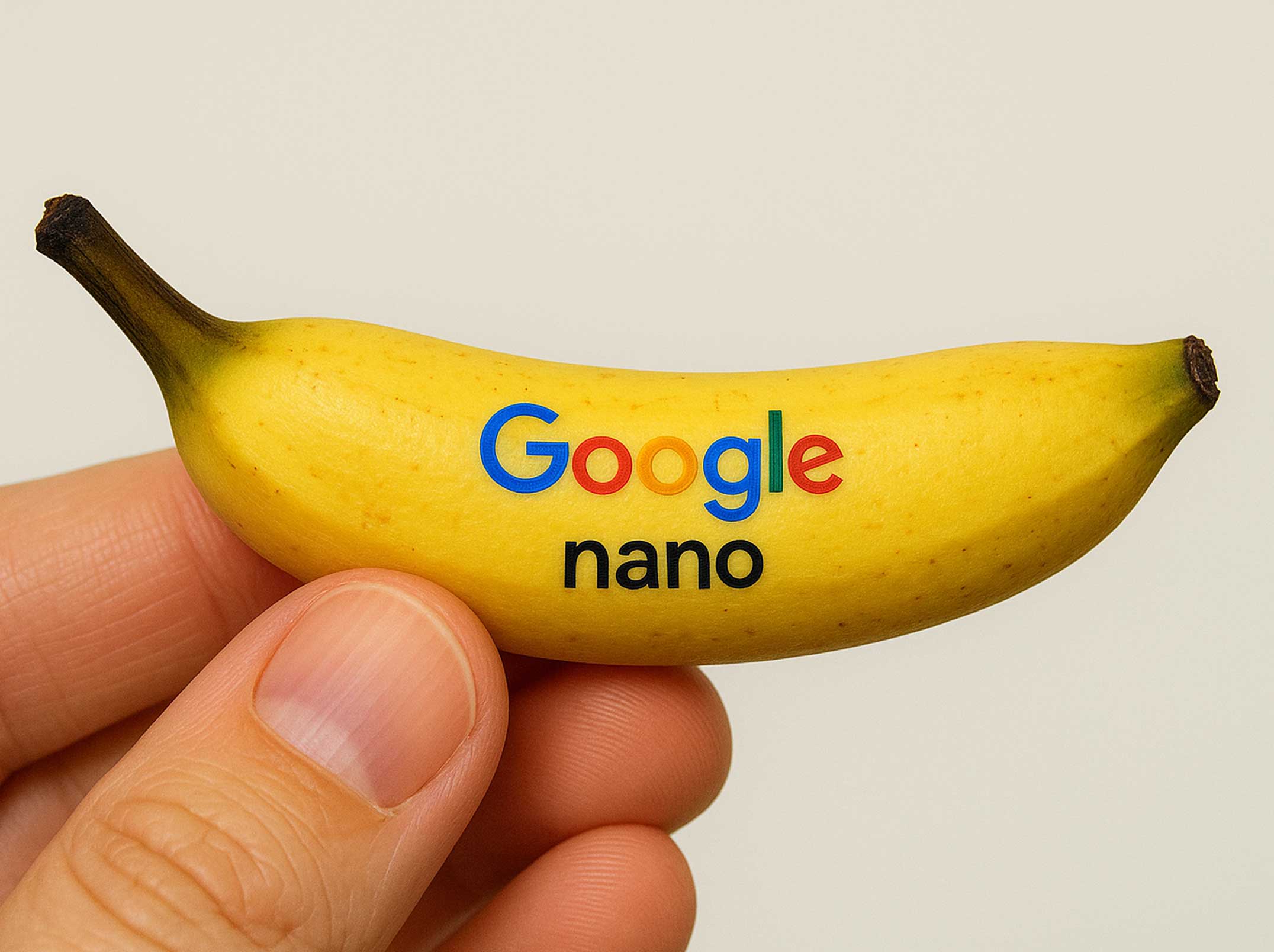How to Create Winning Ads for Cold Audiences Using Psychology
Discover simple and effective online marketing tips to help your small business grow in today’s digital world.

Navigating the landscape of cold audiences—those prospects unaware of your brand, or even the underlying problem your solution addresses—is arguably marketing's toughest challenge. Yet, it presents a significant opportunity: transforming complete strangers into devoted customers.
This article delves into five powerful strategies, rooted in behavioral psychology, designed to craft advertisements that not only seize attention but also drive conversions, effectively bridging the awareness gap and compelling action.
Why Cold Audiences Need a Different Approach
Cold audiences exist in a state of unawareness—they're unfamiliar with your brand, your product, and, critically, often don't even recognize the latent problem your offering solves. This fundamental lack of recognition renders direct calls to action like "buy now" largely ineffective, if not counterproductive. The strategic imperative, then, shifts from immediate conversion to deliberate education and gentle guidance. You must lead these prospects toward a pivotal realization: an understanding of their underlying pain points and the subsequent emergence of a need for solutions.
This journey from unawareness to active consideration is best facilitated by a highly structured approach to content delivery. By meticulously mapping out the buyer's journey and aligning specific content assets to each stage, businesses can effectively nurture cold audiences. This ensures that the right information, at the opportune moment, is presented to prospects, progressively building their awareness and receptivity, thereby significantly increasing the likelihood of meaningful engagement and eventual conversion.
The conventional wisdom for cold audiences—those entirely unfamiliar with your brand or even the underlying problem your product solves—often falls short when it involves a direct "buy now" proposition. Such an approach rarely yields results because these prospects aren't yet at the point of recognizing their pain, let alone actively seeking a solution.
Effective engagement with cold audiences necessitates a strategic shift: you must first educate and guide them toward a critical realization. This journey involves helping them identify their challenges, understand the implications of those pain points, and only then begin to see the need for a solution. A structured, content-driven approach to business development becomes paramount, ensuring that the right information is delivered at precisely the right moment to foster engagement and move them closer to conversion.
The Indirect Approach: Educating and Building Curiosity
Direct sales pitches rarely land with a cold audience—individuals unaware of their needs or your brand. Instead, an indirect advertising approach is far more effective. This strategy begins not with a product, but with valuable, insightful content designed to pique curiosity and highlight an unrecognized problem. By focusing on the pain points your audience may not even realize they have, you can gently guide them toward understanding their need, subtly positioning your solution as the natural progression.
This methodology mirrors a strong SEO content strategy: provide immense value upfront, build trust and authority, and progressively draw your audience closer to your brand and offerings. It's about nurturing a relationship rather than demanding an immediate transaction.
Crafting the Hook
Your cold audience will scroll past your ad in 1.7 seconds. That's less time than it takes to blink. In a world saturated with digital noise, capturing and retaining the attention of someone unfamiliar with your brand, or even the problem you solve, demands an immediate, almost visceral hook. A generic opening is a death sentence for your ad spend. Instead, your initial line must be a pattern interrupt—unexpected, thought-provoking, or emotionally resonant enough to stop the scroll and ignite genuine curiosity.
The Role of Storytelling
Facts tell, but stories sell—especially when engaging a cold audience. A compelling narrative doesn't just present information; it connects with your audience's current mindset and subtly guides them toward recognizing a problem they may not yet consciously understand. A well-crafted story has the power to evoke emotions, forge relatability, and build trust, transforming abstract concepts into tangible experiences. This makes storytelling an exceptionally potent tool for breaking through the initial indifference of cold prospects.
For brands aiming to elevate their engagement with these unfamiliar audiences, video production becomes an indispensable asset. The dynamic nature of video allows for richer storytelling, enabling a more nuanced and impactful delivery of messages that truly resonate and convert.
Principle 1: The Power of Fear
Fear is a primal and exceptionally potent motivator. Ads that subtly remind individuals of life's inherent brevity, the apprehension of squandering precious time, or the discomfort of missing out on valuable opportunities (FOMO) can trigger profound emotional responses.
By strategically highlighting what a cold audience stands to lose if they remain inactive or fail to embrace a solution, you can cultivate a powerful sense of urgency. This psychological principle, known as loss aversion, is particularly effective with those who might not yet perceive an immediate need for your product or service. When they recognize the potential risks, drawbacks, or missed advantages of maintaining the status quo, their intrinsic motivation to act significantly increases, transforming a latent need into an immediate priority.
Principle 2: Resisting Control and Embracing Freedom
A fundamental aspect of human nature is our inherent resistance to feeling controlled. When an advertisement subtly suggests that an audience is being unduly influenced or manipulated—be it by pervasive social media narratives, unexamined societal norms, or even their own ingrained habits—it directly taps into a deep-seated desire for autonomy and freedom.
This creates a powerful opening. By framing your product or service not just as a solution, but as a tool for empowerment, you position it as the means through which individuals can reclaim agency and assert control over their lives. This psychological trigger proves particularly effective for offerings that inherently promote independence, facilitate self-improvement, or unlock pathways to financial liberation, transforming a passive observer into an active seeker of change.
Principle 3: The Identity Shift—Become Your Best Self
Humans are perpetually driven by the desire for self-improvement. We're instinctively drawn to products and services that promise not just a solution, but a better version of ourselves. When your ad copy suggests that engaging with your offering will lead to increased confidence, greater independence, or heightened success, it doesn't just present a benefit—it ignites a deep, intrinsic craving for personal evolution.
This isn't merely about making a purchase; it's about facilitating a transformation that integrates into their very identity. For the cold audience, your product becomes more than an acquisition; it’s framed as an essential investment in their future self, making the decision to act a highly personal and compelling one.
Final Thoughts
Engaging cold audiences is rarely an immediate transaction; it's a journey that requires time and a nuanced approach to allow them to connect with your message. By strategically leveraging psychological triggers such as the fear of loss, the inherent resistance to feeling controlled, and the deep-seated desire for identity transformation, you can craft advertisements that effectively guide these prospects from a state of complete unawareness to a crucial point of realization.
This progressive awakening allows your product or service to naturally emerge as the definitive solution to a problem they now recognize as their own. Adopting a strategic, value-driven approach ensures you not only nurture leads more effectively but also significantly increase conversions over time, building a lasting relationship rather than just securing a fleeting sale.
Subscribe to our newsletter
Stay informed with the latest marketing trends, expert insights, and exclusive updates delivered monthly.




